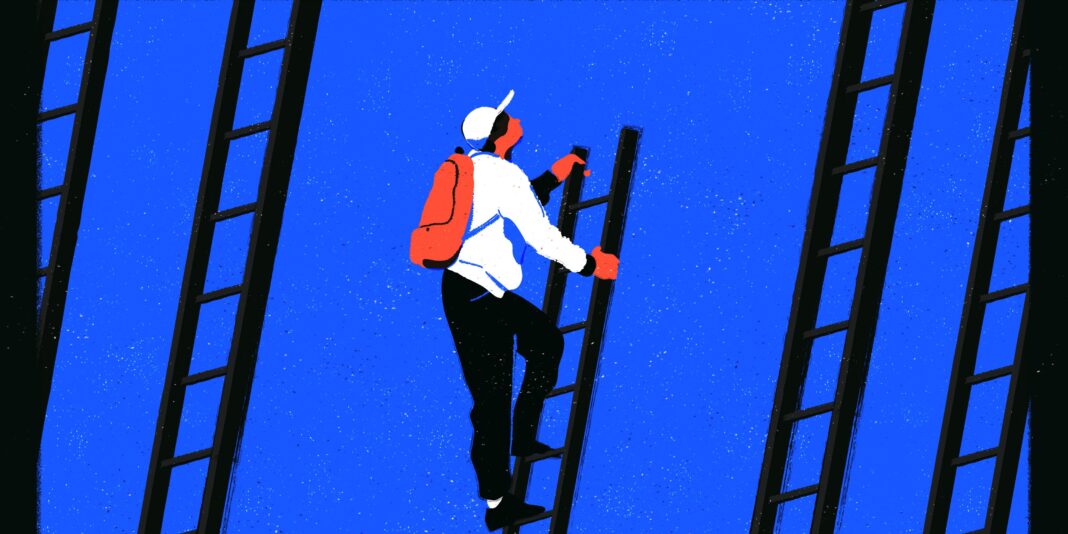
Ahouefa Fagbemi never needed her mother to lecture her about the importance of school; she was always a good student. “I quickly understood that I had no choice, that it was the only way out of there.” “There” was the substandard housing in Goussainville (Val-d’Oise) that her mother, who had arrived from Benin when Ahouefa was 7, had managed to get with her cleaning work hours. The young woman spent most of her middle school and high school years there. Almost twenty years later, she still lives in Val-d’Oise, in Cergy, but she has a master’s degree in public policy from Sciences Po and is preparing for the competitive exams for the senior civil service. “I am very aware that I am an exception,” she points out.
The statistics prove her right. According to a 2020 study, 13% of young people who grew up in a priority neighborhood of the city policy (QPV)—areas where poverty is particularly concentrated—hold a master’s degree (or equivalent), compared to 27% among young urban residents outside QPVs. In the previous survey, in 2013, it was 7% for the former and 23% for the latter. “There are positive developments, but the gaps remain very significant,” experts emphasize.
To social background—60% of young people in QPVs come from disadvantaged households—are added factors specific to these areas, such as disadvantaged high schools, guidance counseling problems, and a phenomenon of self-censorship, which turn the path to a higher education degree into an obstacle course.
